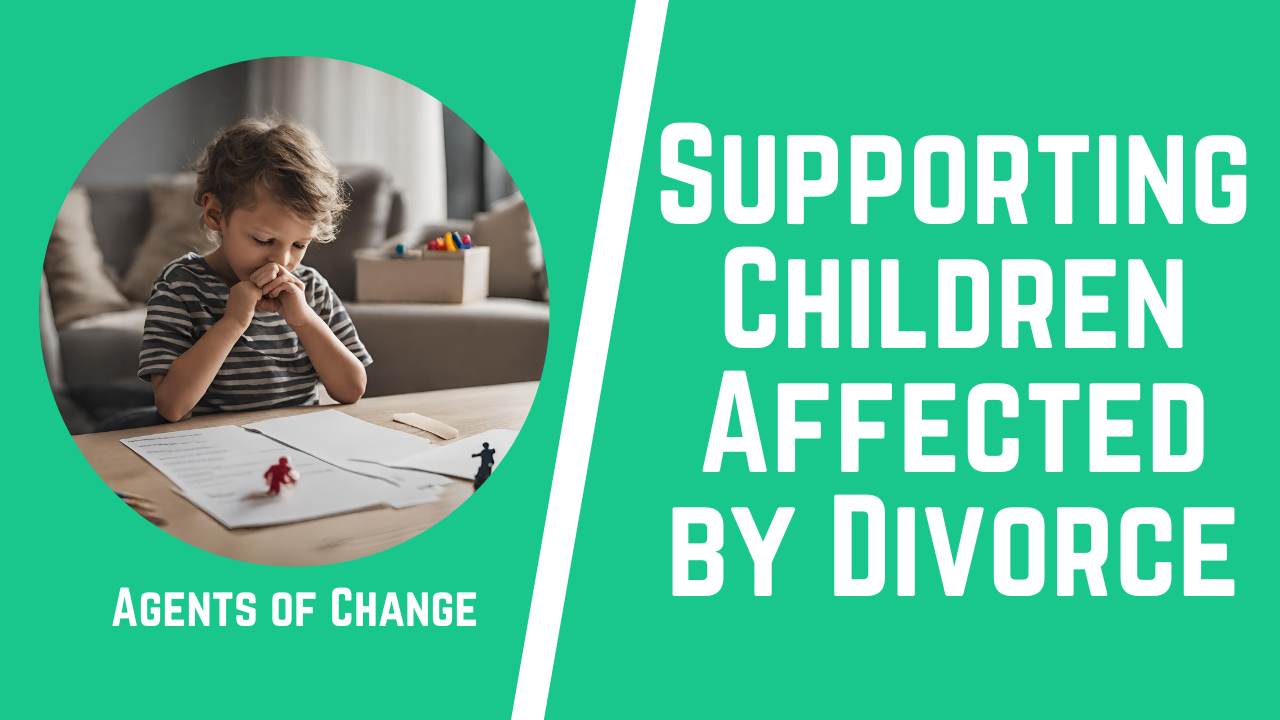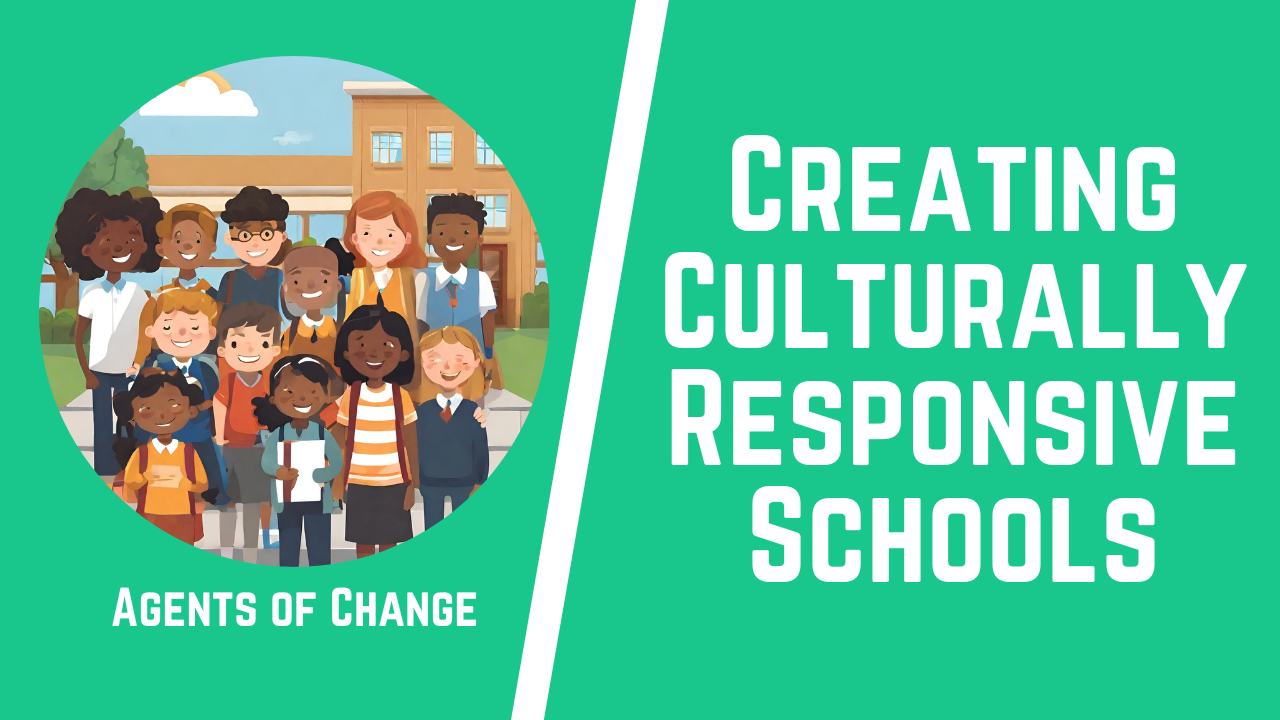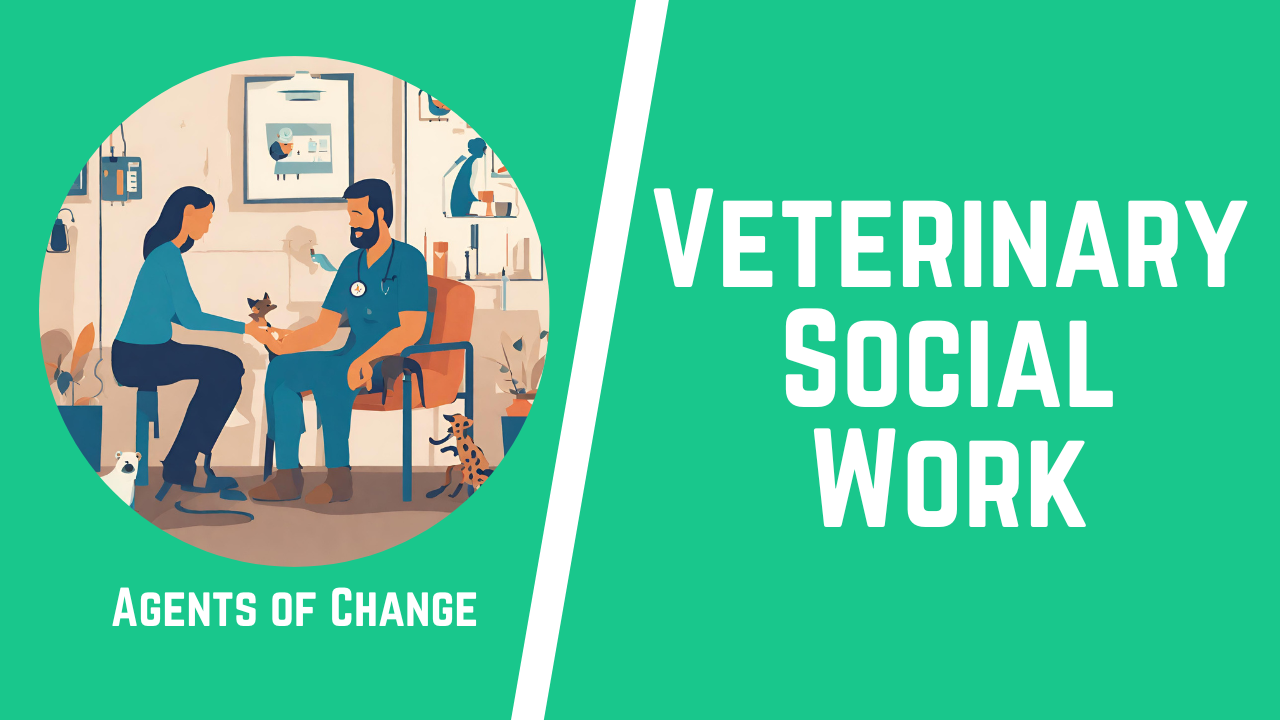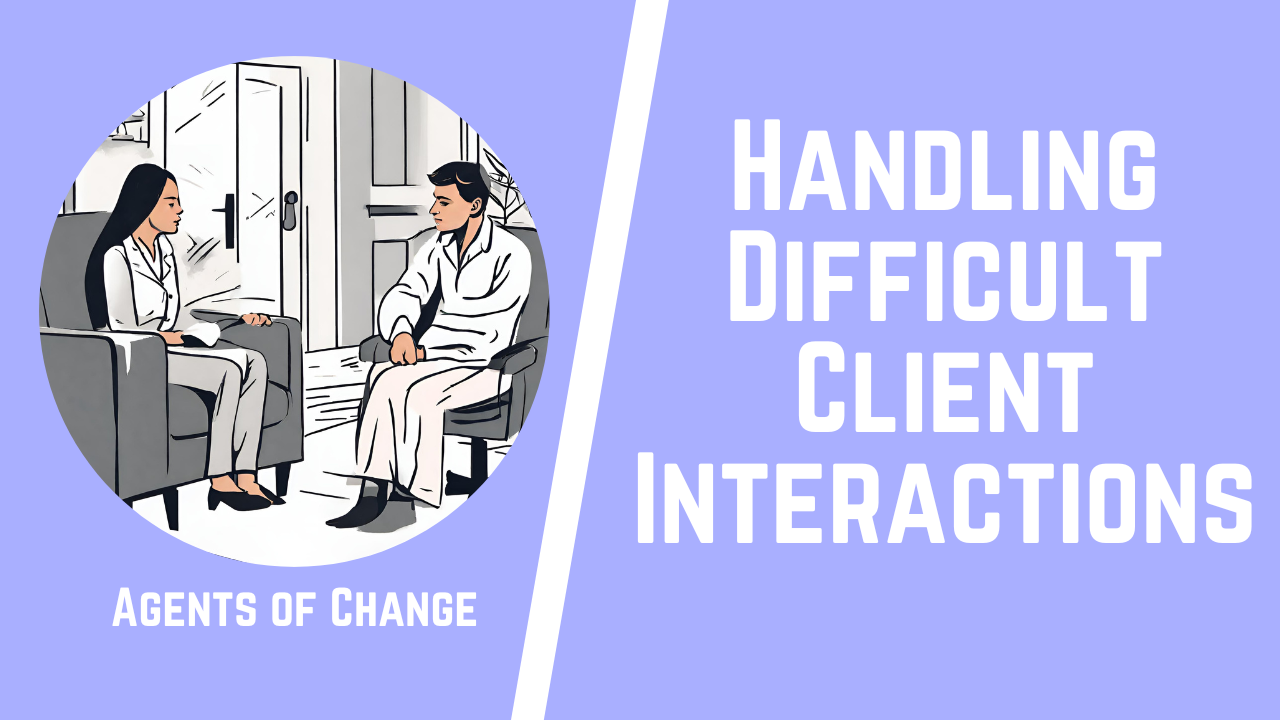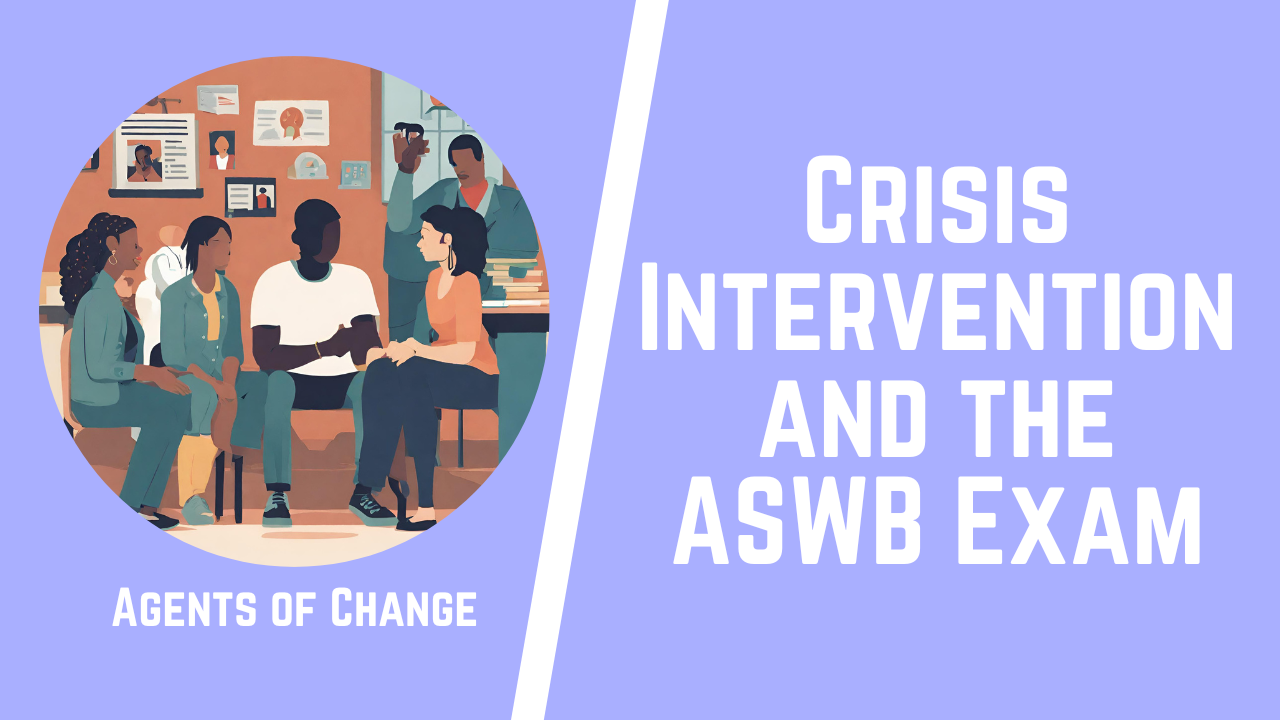Today, we’re diving into the intricate world of masking—a phenomenon that, while often overlooked, plays a significant role in the lives of many people. Masking is the act of concealing one’s true thoughts, feelings, or identity to navigate social situations more smoothly or to meet the perceived expectations of others.
It’s a complex dance between the self and society, where individuals wear a costume of behavior and emotion. This guide is designed to peel back the layers of masking, offering Social Workers a deeper understanding of this coping mechanism and equipping them with the tools to support those who mask.
Understanding masking is more than a professional skill—it’s a bridge to deeper empathy and connection. As Social Workers, recognizing the signs of masking and understanding its impact can transform the support we offer, moving us closer to the heart of our clients’ experiences.
Through this comprehensive exploration, we’ll examine the why’s and how’s of masking, discuss the challenges it presents, and share strategies for gently encouraging clients to lower their masks in a safe and supportive environment.
Did you know? Agents of Change Continuing Education offers Unlimited Access to 150+ CE courses for one low annual fee to meet your state’s requirements for Continuing Education credits.
We’ve helped thousands of Social Workers with Continuing Education, learn more here about Agents of Change and claim your 5 free CEUs.
1) What Exactly Is Masking?
Masking is a strategy that individuals employ to navigate their social and personal worlds. It involves the conscious or subconscious adjustment of one’s behavior, emotions, or thoughts to conform to perceived social norms or expectations.
The Many Faces of Masking
- Social Conformity: At a basic level, masking is about fitting in. Whether it’s in the workplace, at a social gathering, or in a classroom, individuals may mask to align with the expectations around them, minimizing social friction and avoiding negative attention.
- Emotional Regulation: Masking also involves managing one’s emotional expressions to protect oneself or to adhere to societal norms about what emotions are appropriate in certain situations. This can range from hiding one’s true feelings of sadness or anxiety to amplifying expressions of happiness.
- Identity and Self-Preservation: For some, especially those in marginalized groups or individuals with neurodiversity such as autism, masking can be a way to protect one’s identity and avoid stigma or discrimination. It’s a means of self-preservation in a world that may not fully understand or accept them.
The Complex Layers of Masking
- The Adaptive Aspect: Masking can be seen as an adaptive technique that allows individuals to navigate social interactions more effectively. It can be particularly prevalent in professional settings, where conforming to a corporate culture is essential for career advancement.
- Adapting to social norms
- Navigating professional environments
- The Protective Function: Beyond adaptation, masking serves as a protective barrier against potential judgment or harm. This is especially crucial for individuals who feel vulnerable or fear rejection from their peers or society at large.
- Shielding oneself from judgment
- Avoiding potential rejection or harm
- The Cost of Masking: While there are benefits to masking, it’s important to acknowledge the toll it can take on an individual’s mental health. The continuous effort to conceal one’s authentic self can lead to feelings of isolation, exhaustion, and even identity confusion.
- Emotional and physical exhaustion
- Feelings of isolation and loneliness
- Potential loss of self-identity
Navigating the World of Masking
Understanding masking is essential for Social Workers and mental health professionals. Recognizing the signs of masking, the reasons behind it, and its impact on individuals can lead to more empathetic and effective support.
By fostering environments where authenticity is valued and supported, professionals can help individuals gradually lower their masks, revealing their true selves in a safe and accepting space.
Agents of Change Continuing Education offers Unlimited Access to 150+ CE courses for one low annual fee to meet your state’s requirements for Continuing Education.
2) Why Is It Important for Social Workers to Understand Masking?
Enhancing Empathy and Building Trust
- Seeing Beyond the Surface: Recognizing when an individual is masking allows Social Workers to understand the protective mechanisms at play. This insight enables them to approach clients with increased empathy, acknowledging the strength it takes to navigate their world.
- Identifying hidden emotions and struggles
- Acknowledging the effort behind masking
- Fostering Authentic Relationships: When Social Workers understand the concept of masking, they can create a supportive environment that encourages clients to gradually lower their guard. This authenticity lays the foundation for a trusting relationship, crucial for effective support.
- Encouraging honest communication
- Building deeper client-social worker relationships
Tailoring Support and Interventions
- Individualized Care Plans: With a thorough understanding of masking, Social Workers can tailor their interventions to address the underlying reasons individuals may feel the need to mask. This personalized approach ensures that support is relevant and impactful.
- Developing targeted strategies for anxiety or social discomfort
- Providing resources for self-expression and identity exploration
- Preventing Burnout and Mental Health Decline: Recognizing the signs of masking and its potential toll on mental health allows Social Workers to intervene before individuals reach a point of burnout or severe mental health decline.
- Offering strategies for coping and self-care
- Identifying resources for professional help or peer support
Advocacy and Education
- Promoting Inclusivity and Understanding: Social Workers, armed with knowledge about masking, can play a crucial role in advocating for more inclusive practices in schools, workplaces, and communities. This advocacy helps create environments where masking is less necessary, reducing the pressure on individuals to conform.
- Advocating for neurodiversity acceptance
- Educating others about the impacts of societal expectations
- Empowering Clients: Understanding masking empowers Social Workers to educate and support their clients in recognizing their own masking behaviors. This awareness can be the first step toward self-acceptance and finding more authentic ways of interacting with the world.
- Teaching clients about the concept of masking
- Encouraging self-acceptance and authenticity
The Broader Impact
By addressing the reasons behind masking, advocating for inclusive environments, and supporting individuals in their journey toward authenticity, Social Workers can contribute to a more accepting and understanding society. This holistic approach benefits those who feel the need to mask and also enriches the social fabric by celebrating diversity and individuality.
3) Strategies for Social Workers: Unveiling the Mask
Social Workers play a pivotal role in guiding individuals through the complexities of masking, helping them navigate the challenges it presents while encouraging a journey toward authenticity. To effectively support clients in this process, Social Workers can use a variety of strategies tailored to uncover and address the underlying issues of masking.
Creating a Safe and Accepting Environment
- Non-judgmental Support: Establishing a space where clients feel safe to express themselves without fear of judgment is fundamental. This involves active listening, empathy, and an open-minded approach to every individual’s experience.
- Active listening and empathetic engagement
- Assurance of confidentiality and non-judgment
- Validation of Feelings and Experiences: Acknowledging and validating the client’s feelings and experiences reinforces their sense of worth and encourages openness. This validation is a powerful tool in helping individuals feel seen and understood.
- Recognizing and affirming the client’s feelings
- Validating the client’s experiences and challenges
Encouraging Self-Awareness and Reflection
- Identifying Masking Behaviors: Working with clients to help them recognize their masking behaviors can be enlightening. This process involves reflecting on their actions and emotions in different situations and identifying patterns of behavior that may indicate masking.
- Guided reflection on personal behaviors and emotions
- Exploration of situations where masking occurs
- Understanding the Impact of Masking: Encouraging clients to consider how masking affects their mental and emotional well-being allows them to see the broader impact of these behaviors. This understanding can motivate change and the exploration of alternative coping mechanisms.
- Discussing the emotional and physical toll of masking
- Exploring the long-term effects on mental health and relationships
Facilitating Authenticity and Self-Expression
- Promoting Authentic Self-Expression: Social workers can support clients in finding safe ways to express their true selves. This might involve identifying hobbies, interests, or social settings where the client feels more comfortable being authentic.
- Encouraging exploration of interests and hobbies
- Supporting the client in seeking out like-minded communities
- Building Confidence in Authenticity: Helping clients build confidence in their authentic identities is crucial. This can include affirmations, positive reinforcement, and the celebration of small victories in self-expression.
- Positive reinforcement and affirmation of the client’s true self
- Celebrating milestones in authentic self-expression
Providing Tailored Resources and Support
- Access to Supportive Resources: Guiding clients towards resources that can help them understand and cope with the reasons behind their masking is vital. This could include literature, support groups, or workshops on topics such as self-esteem, social skills, and anxiety management.
- Recommending books and articles on masking and related topics
- Informing about support groups and workshops
- Collaborative Goal Setting: Working together with clients to set realistic, achievable goals related to reducing masking and increasing authentic interactions can provide a clear path forward. These goals should be flexible and adapted as the client grows and changes.
- Setting small, achievable goals for reducing masking
- Regularly revisiting and adjusting goals as necessary
4) FAQs – Masking Guide for Social Workers
Q: How can I differentiate between healthy social adaptation and harmful masking in my clients?
A: Understanding the Line: Recognizing the difference between adaptive social behaviors and harmful masking involves observing the impact on the individual’s mental health and well-being. Here are key considerations:
- Frequency and Context: Adaptive behaviors are situational and flexible, while harmful masking is pervasive, occurring across various contexts and situations, often regardless of the individual’s true feelings or desires.
- Adaptive behaviors are used selectively based on context.
- Harmful masking is a consistent concealment of one’s authentic self.
- Impact on Mental Health: Reflect on how these behaviors affect the individual’s mental health. Adaptive behaviors typically don’t lead to significant distress, while harmful masking can cause anxiety, depression, and a sense of isolation.
- Adaptive behaviors maintain or enhance well-being.
- Harmful masking contributes to mental health issues like anxiety and depression.
- Self-perception: Consider how these behaviors influence the individual’s self-perception. Adaptive behaviors can contribute to a positive self-image, while harmful masking can lead to a diminished sense of self-worth or identity confusion.
- Adaptive behaviors reinforce a positive self-image.
- Harmful masking may lead to a diminished sense of self and confusion.
Q: What strategies can I use to support a client who struggles with letting go of masking behaviors?
A: Supporting the Journey to Authenticity: Assisting clients in moving away from masking behaviors requires a multifaceted approach. Here are several strategies:
- Gradual Exposure: Encourage clients to take small steps towards authenticity in environments where they feel safest. This could involve expressing a personal opinion, sharing a personal interest, or showing a side of themselves they typically hide, in a supportive setting.
- Start with low-risk situations and gradually increase exposure.
- Celebrate small victories to build confidence.
- Self-Reflection and Awareness: Facilitate sessions focused on self-reflection to help clients identify when and why they mask. This can involve journaling, mindfulness practices, or therapeutic conversations that explore the roots of their masking behaviors.
- Encourage journaling or mindfulness to increase self-awareness.
- Explore the origins and triggers of masking in therapy.
- Building a Support Network: Help clients build or strengthen their support network, including friends, family, or support groups who affirm their authentic selves. A strong support system can provide a safe space for individuals to express themselves without fear of judgment.
- Connect clients with support groups or communities.
- Encourage the development of supportive personal relationships.
Q: How can Social Workers avoid the trap of masking in their professional lives?
A: Maintaining Professional Authenticity: Social Workers are not immune to the pressures of masking, especially in professional settings. Here are ways to maintain authenticity:
- Self-awareness and Reflection: Regular self-reflection on one’s practice and interactions with clients can help identify any tendencies towards masking. Acknowledging these tendencies is the first step towards authenticity.
- Engage in regular self-reflection or supervision to explore personal masking tendencies.
- Practice mindfulness to stay present and authentic in client interactions.
- Professional Boundaries with Personal Integrity: Establishing clear professional boundaries while maintaining personal integrity allows Social Workers to be effective and authentic. This means being true to one’s values and beliefs while respecting the professional role.
- Set clear boundaries that allow for genuine interaction within professional limits.
- Align professional practices with personal values and ethics.
- Continuing Education and Peer Support: Engaging in continuing education, like the courses offered by Agents of Change Continuing Education, and seeking support from peers can reinforce a social worker’s sense of professional identity and encourage authentic practice.
- Participate in continuing education to strengthen professional identity.
- Seek peer support for validation and encouragement in maintaining authenticity.
5) Conclusion
The strategies outlined in this post, from creating a safe and accepting environment to encouraging self-awareness and facilitating authenticity, are crucial steps in supporting individuals who mask. By applying these approaches with empathy, patience, and understanding, Social Workers can help unveil the mask, allowing individuals to embrace their true selves in a world that often demands conformity.
Understanding masking is not just about recognizing a behavior; it’s about appreciating the profound impact it can have on individuals’ mental health, relationships, and sense of identity. The journey towards authenticity and self-acceptance is challenging, but with the right support and resources, it is entirely possible.
Social Workers, equipped with the knowledge and strategies to address masking, are uniquely positioned to guide their clients through this journey, advocating for a society that values and celebrates individuality and diversity.
Learn more about Agents of Change Continuing Education. We’ve helped thousands of Social Workers with their Continuing Education and want you to be next!
————————————————————————————————————————————————
► Learn more about the Agents of Change Continuing Education here: https://agentsofchangetraining.com
About the Instructor, Meagan Mitchell: Meagan is a Licensed Clinical Social Worker and has been providing Continuing Education for Social Workers for more than 8 years. From all of this experience helping others pass their exams, she created Agents of Change Continuing Education to help Social Workers stay up-to-date on the latest trends, research, and techniques.
#socialwork #socialworker #socialwork #socialworklicense #socialworklicensing #continuinged #continuingeducation #ce #socialworkce #freecesocialwork #lmsw #lcsw
Disclaimer: This content has been made available for informational and educational purposes only. This content is not intended to be a substitute for professional medical or clinical advice, diagnosis, or treatment


